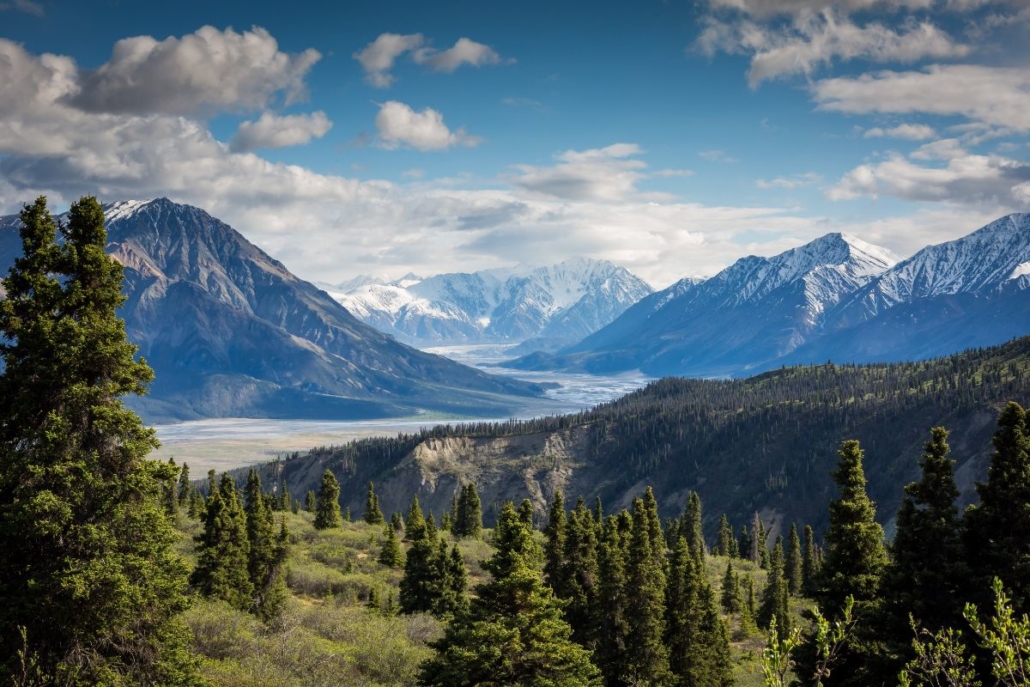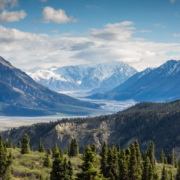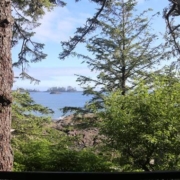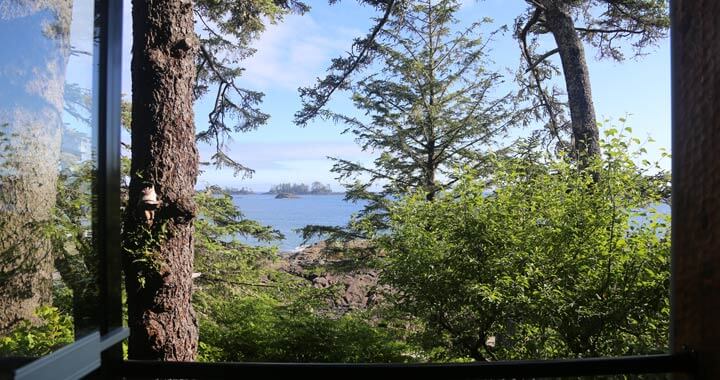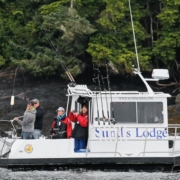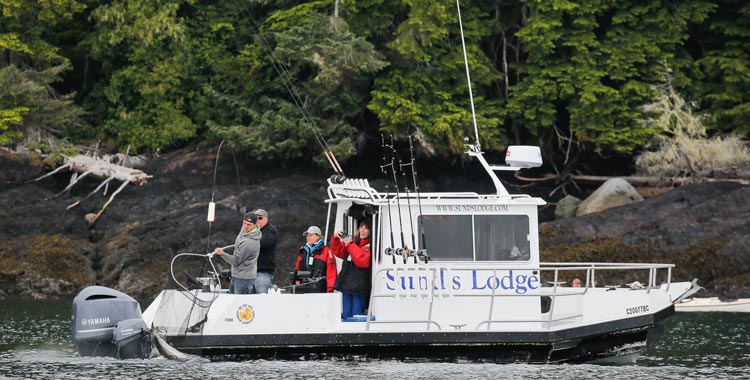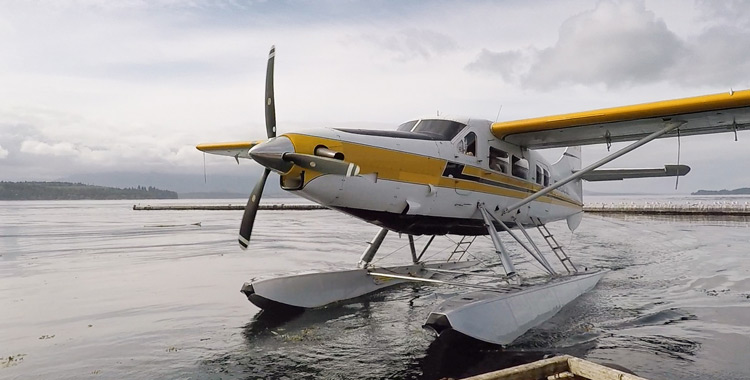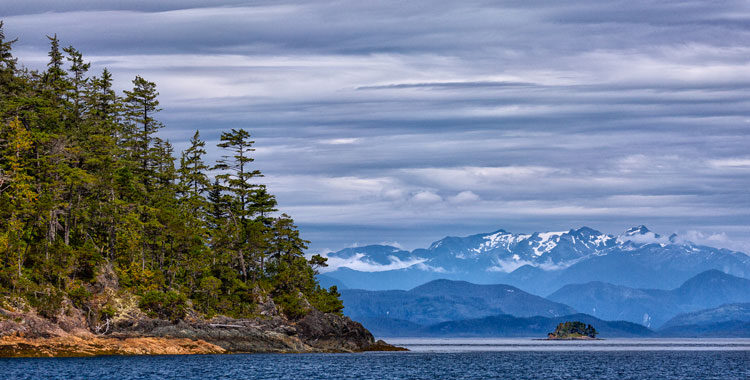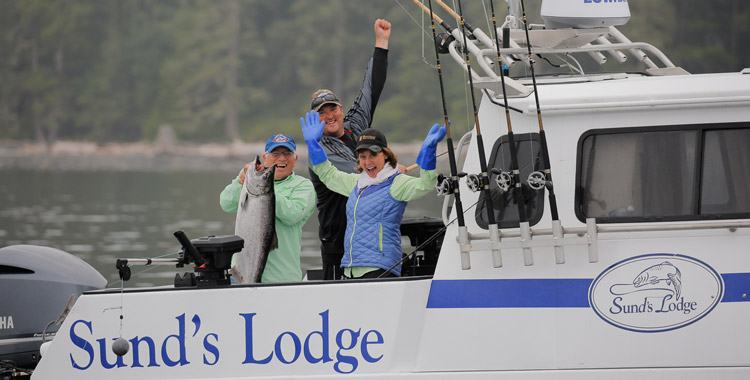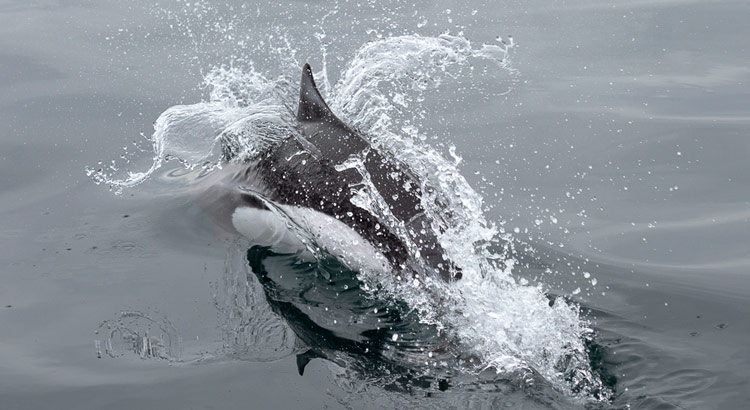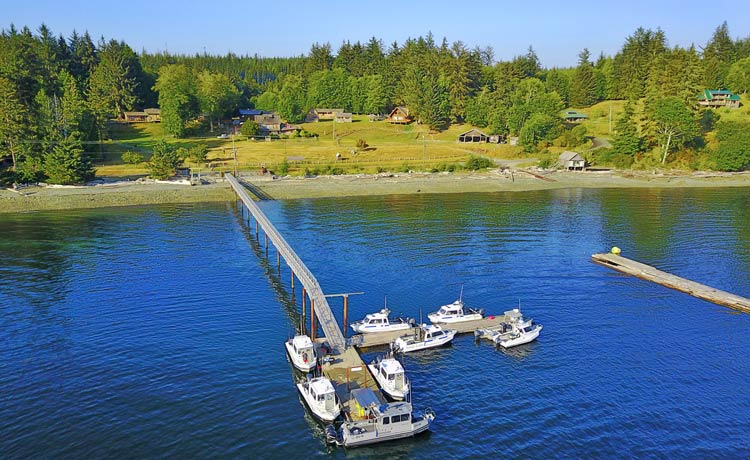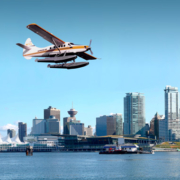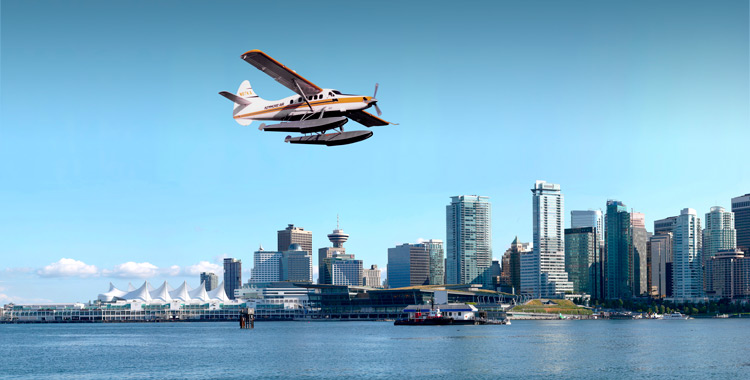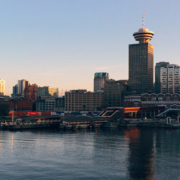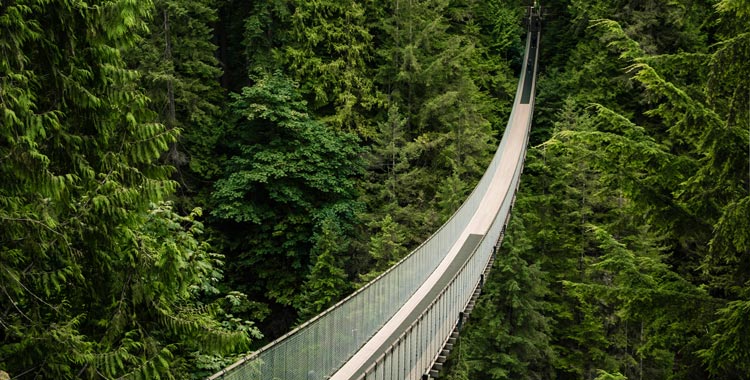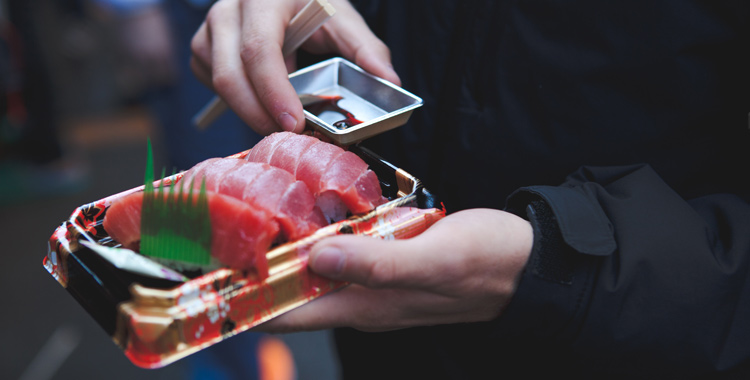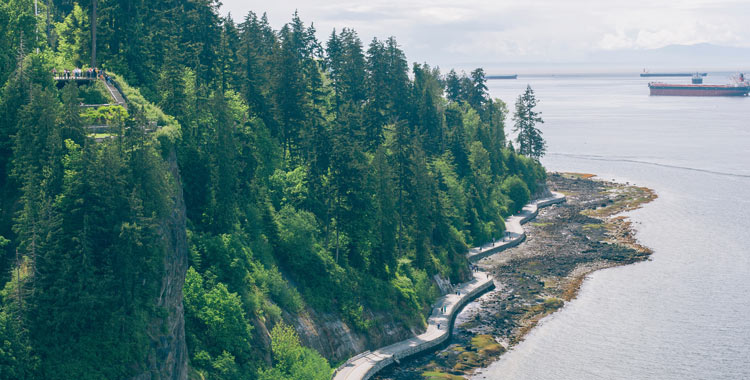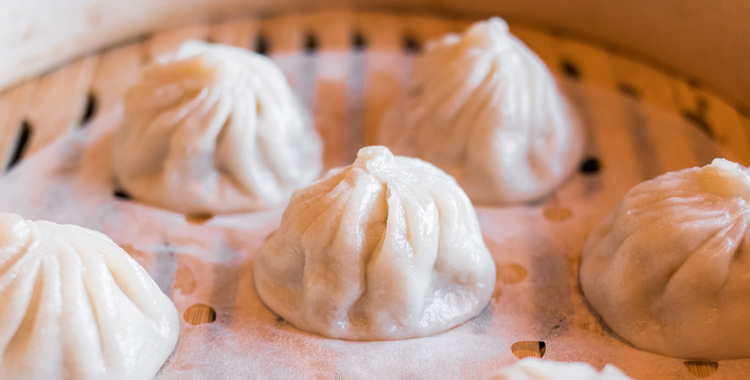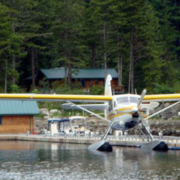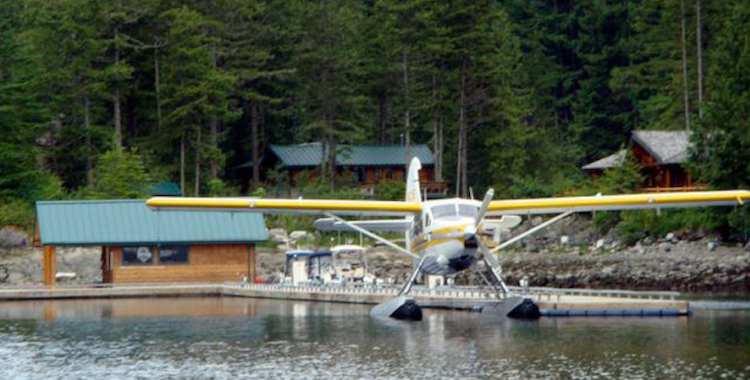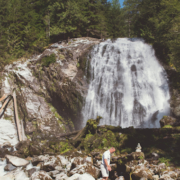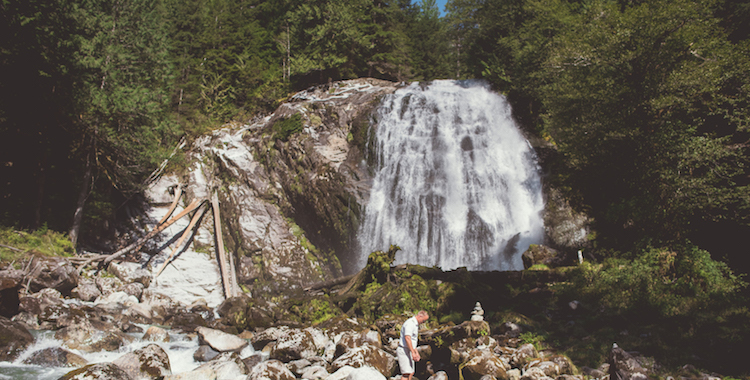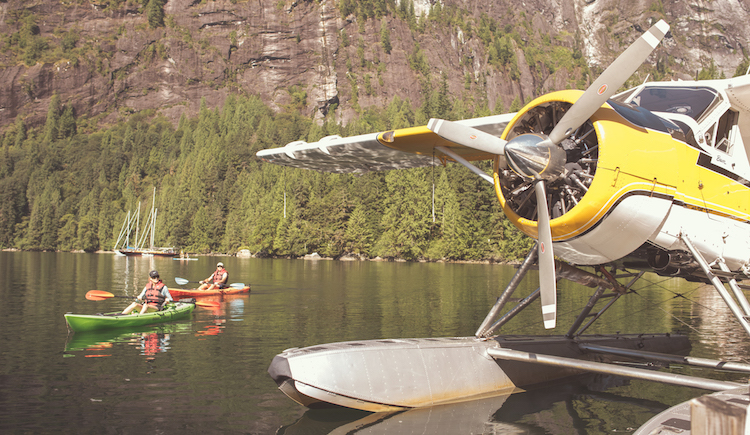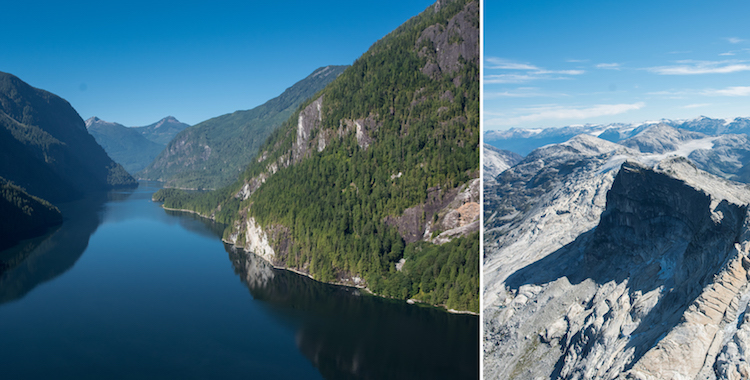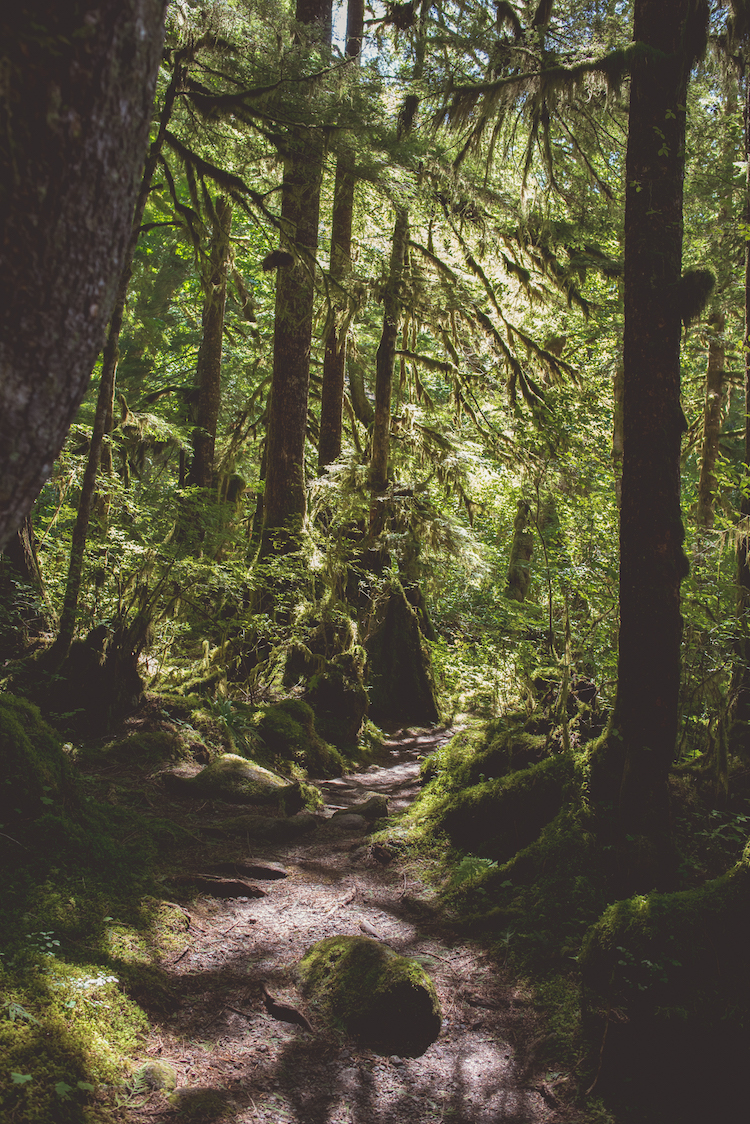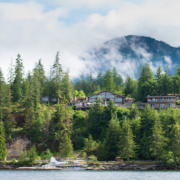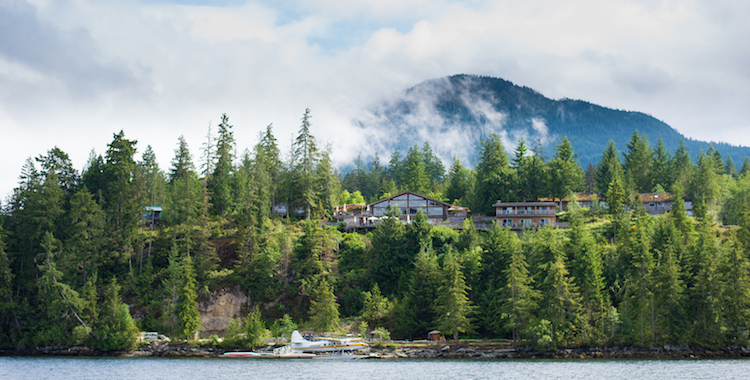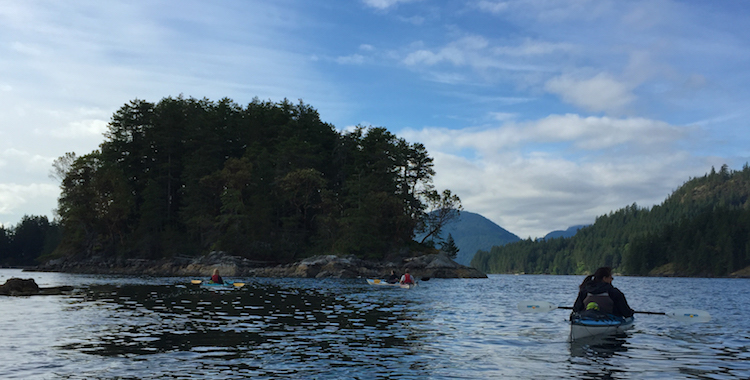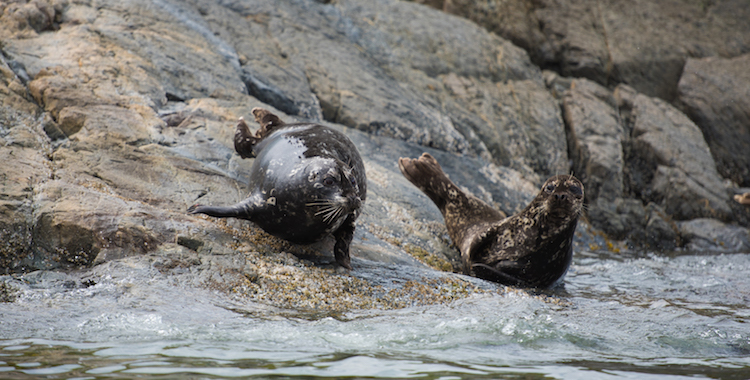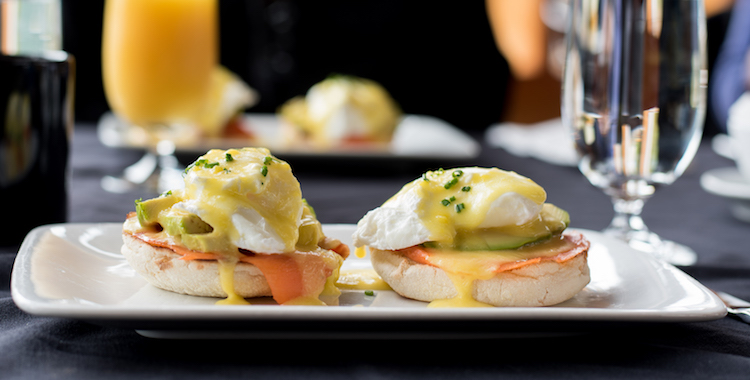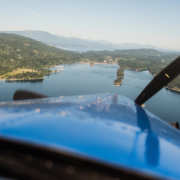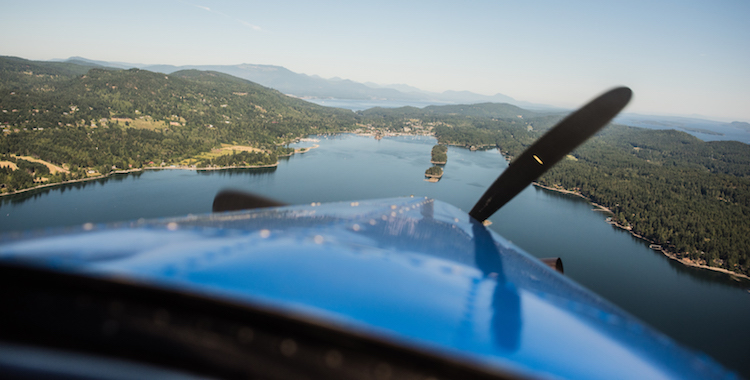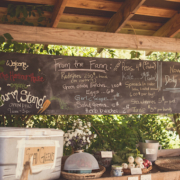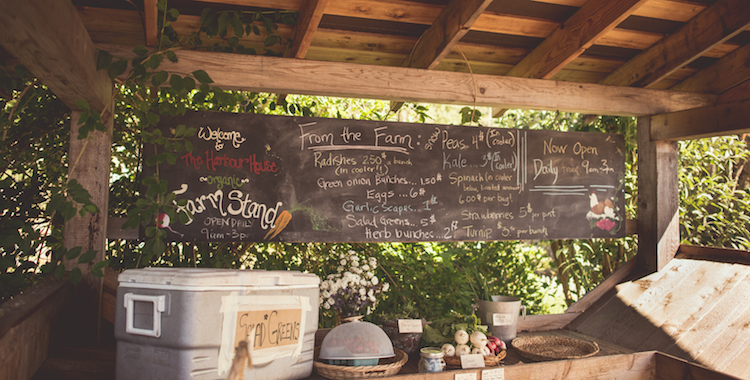How one weekend on Vancouver Island can leave you rested, refreshed, and restored.
For our wedding anniversary, we returned to the place where it all began — Vancouver Island. Fourteen years ago, for our honeymoon we drove up to Vancouver B.C., spent the night, woke up the next day, and took the ferry to Nanaimo. Then we made the gorgeous drive to Tofino. In my naiveté, I had envisioned a honeymoon spent somewhere tropical. What I did not know back then was how restorative it would be to have a quiet place to return to years down the road. A place where we could reflect and feel gratitude for the life we have built together.
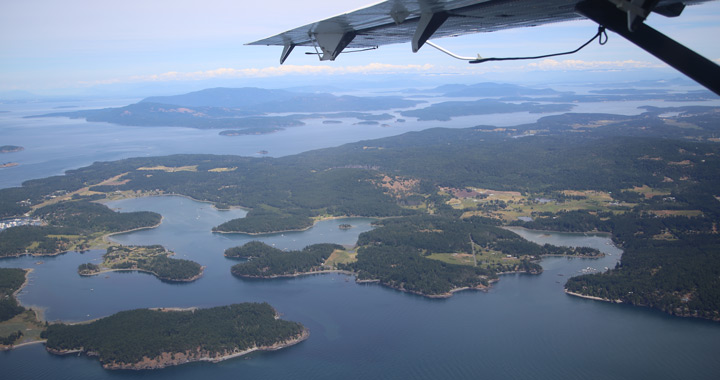
Flash forward a few years and Kenmore Air has made traveling to Vancouver Island a breeze. A little over an hour flight from Seattle and you are quickly descending into a place like no other. A scenic drive through a serpentine, tree-lined highway which skirts along lakes and provincial parks sets the stage for the quiet oasis of Tofino.
Elegance by the Sea at the Wickaninnish Inn in Tofino
The Wickaninnish Inn provided the perfect backdrop for a tranquil, romantic, and remarkable time away. Upon checking in to the Wickaninnish Inn we instantly felt at home in its graciously laid out rooms. The breathtaking ocean views were merely the cherry on top to the most comfortable bed I have ever slept in.
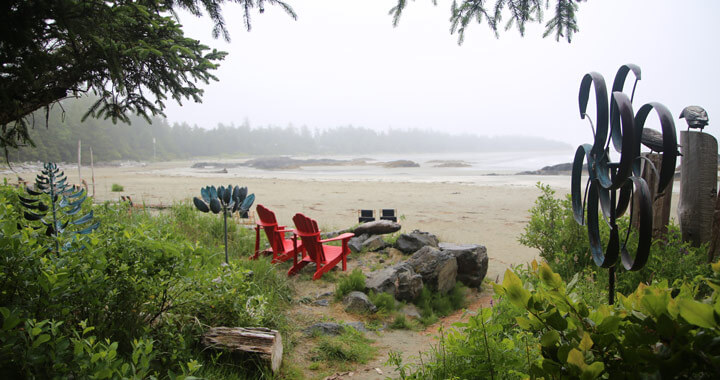
Since we flew to Vancouver Island from Seattle we tried to keep our luggage to a minimum. Once at the Wickaninnish Inn we were overjoyed to see the hotel provided rain boots and rain suits for each guest. Eager to explore the area, we donned our rain boots and walked along the beach before our much-anticipated dinner at the Pointe, the Wickaninnish Inn’s oceanfront restaurant.
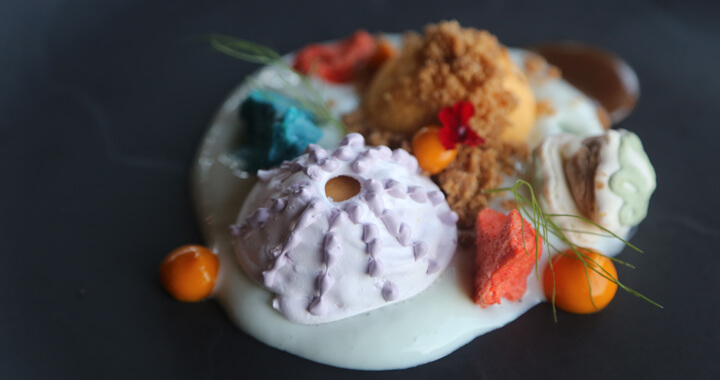
In honor of World Ocean Day, we dined on an ocean-inspired tasting menu of everything from barnacles to scallops and a plethora of other sustainable fish. The dessert however, was the real show stopper with a medley of meringues and fruit purees mimicking an underwater seascape. This meal unquestionably set the stage for our time on Vancouver Island and all the area has to offer.
Archipelago Cruises’ Tofino Adventure
The next morning, we set out on Raincoast Maiden with Archipelago Cruises bound for the Broken Islands. I have wanted to visit the Broken Islands for years, so I was eager to see all the wildlife we would encounter. Our trip happened to coincide with eagle mating season so right off the bat we spotted eagle after eagle.
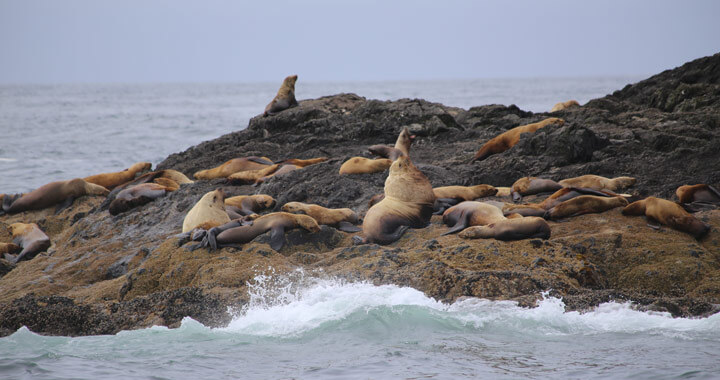
On our way out to the Broken Islands we happened upon some friendly harbor seals and a rocky outcropping of several dozen sea lions. When we left Ucluelet in the morning it was overcast with some low-hanging clouds but by midday it was sunny and blue skies. I appreciated the dramatic change in scenery as the sun broke through the clouds and the water’s color changed too many times to count.
Mid-way through our adventure we dropped anchor in a protected cove for lunch. As we feasted on salmon and chicken, we marveled at both the turquoise water and the sheer beauty of the region. Spending the day circumventing the Broken Islands with the fresh air and a constant sea breeze proved to be regenerative in the best possible way.
Dinner at 1909 Kitchen in Tofino
Once we returned from our boat trip, we made our way to 1909 Kitchen for an unforgettable dinner. 1909 Kitchen is the brainchild of Chef Paul Moran, the current Top Chef of Canada. 1909 Kitchen touts itself as an, “ingredient-driven menu sourced and foraged from Tofino’s oceans, shorelines, and forests.” With a backdrop of mountains and coastline, the stage was set for an unforgettable dining evening.
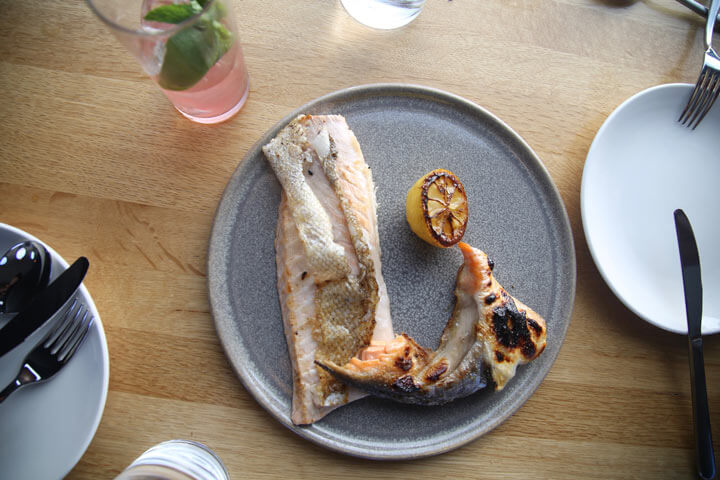
Rather than order from the menu we allowed Chef Moran to cook for us. Plate after plate made its way to our table where his ingenuity was second only to his flavors. At first bite, Chef Moran had this pregnant woman daydreaming of having him take up residence in our home as our personal chef. Avocado tacos, sea beans, stuffed morels, salmon collar, and halibut rounded out our culinary adventure while we hoped that one day he might open a similar restaurant a little closer to Seattle.
Kayak Tour with Vancouver Island’s Remote Passages
On day three, we traveled with Remote Passages for a half-day kayak tour and cultural history tour of Clayoquot Sound. As we paddled through the protected waters of Tofino’s harbor, we meandered our way past houseboats and islands toward our destination of Meares Island. Once on the island we took a forest walk and learned more about rainforest ecology and the local history.
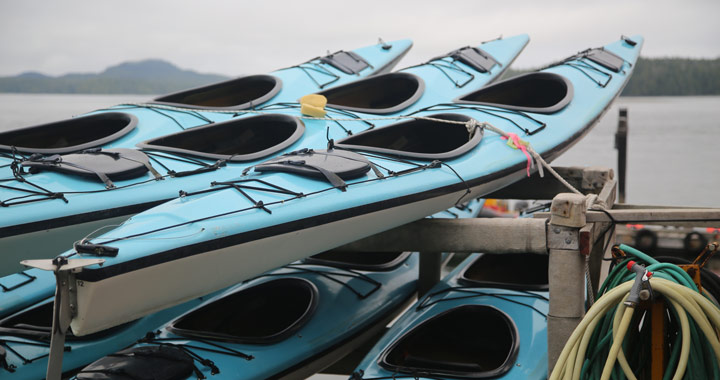
If you want to really experience a place like Tofino, one of the best ways to do so is on the water. Snagging a boat ride is one of the only ways to reach the remote islands and inlets where this area truly shines.
Stunning Waterside Lodging at Long Beach Lodge
For our last evening, we settled into Long Beach Lodge in one of their ocean view rooms. As we dined on fresh crab and risotto in the Great Room we were enveloped by a wall of fog. It was both otherworldly and a bit eerie to feel like you were smack dab in the heart of a cloud.
After our meal, the fog had lifted a bit so we walked along the beach and then meandered to one of the fire pits facing the ocean. Conversation around the flames inevitably revolved around how we did not want to return home, but stay just a few more days. It was incredible to be reminded just how special a place this is and how easy it can be to reach — with the right transportation.
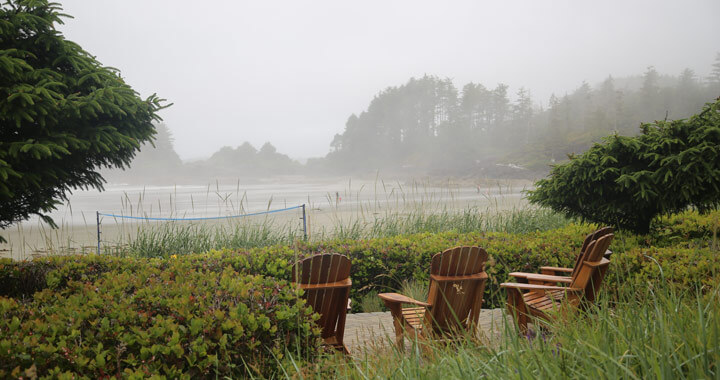
Our last morning, we walked along the beach and watched the many surfers trying to catch waves and then made the drive back to Nanaimo for our early afternoon flight.
Surfing might not be the first thing that comes to mind when you think of Canada — which is perhaps why Tofino seems to be such a well-kept secret. That, and the fact that’s it’s located at the end of the road. Literally. But with its 35 kilometers of beaches and an exposed coast, it offers year-round surfing to surfers of all skill levels. Wet suits are typical and classes abound for those who need additional instruction. Because I was pregnant I decided not to pick up a new skill; though it was fascinating to watch as those young and old did.
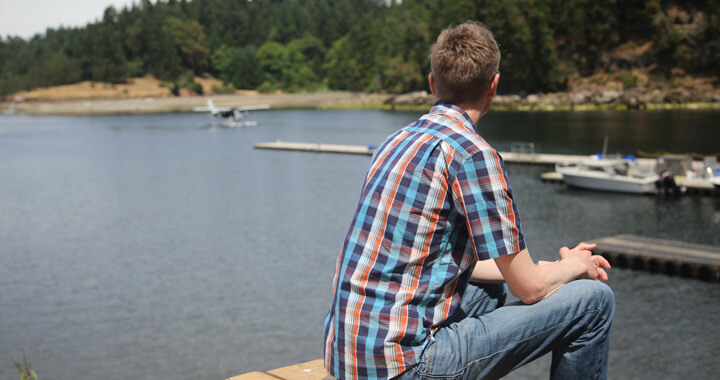
If you are looking to abandon the day to day and spend your time amongst jaw-dropping scenery then a short flight to Nanaimo or a chartered flight to Tofino is a great place to start.
You can walk miles of sandy beach, try your hand at surfing, enjoy phenomenal culinary experiences and marvel in the natural beauty which surrounds you. And if you are looking for a place to go on your honeymoon or spend your anniversary forget the packed shores of Hawaii and look no further than Vancouver Island.
Book Your Nanaimo Flight
More Fun Adventures
A truly authentic West coast experience requires venturing a little further beyond the well-worn tourist track, to destinations only accessible by boat and seaplane, like Eagle Nook.
The Carving Shed at the Wickaninnish Inn is pure magic. Located in Tofino, it's where master carvers have gathered for decades and gather still.
With its interactive museums, plethora of parks, and walkable streets, Victoria offers the perfect kid-friendly getaway the whole family will love.
